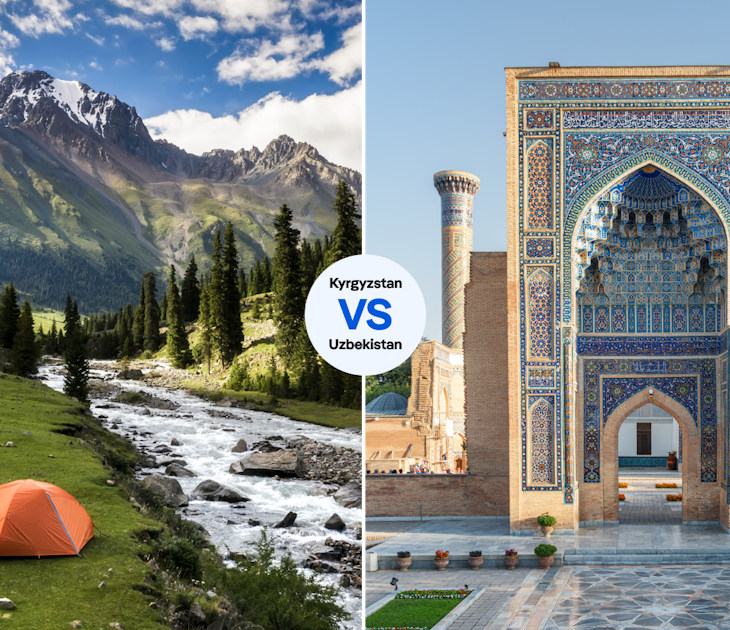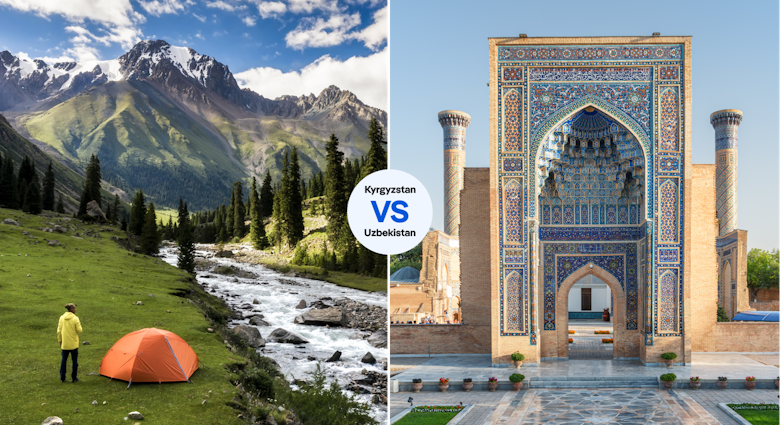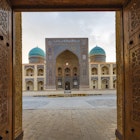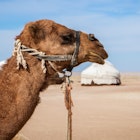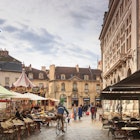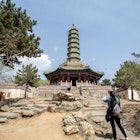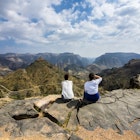Pakistan is best known as a destination for adventure tourism, but its rich history and culture broaden the appeal.
Though there are plenty of things to do in Lahore and Karachi, traveling beyond the major cities and exploring the mountains of Gilgit-Baltistan, ancient archaeological sites, and colonial-era hill stations is well worth your time.
Our list of the best things to do in Pakistan will take you from the Arabian Sea to the Karakoram Mountains, giving you a taste of everything Pakistan has to offer.

1. Gorge yourself on Lahore’s food streets
Let your stomach lead you when you’re deciding on things to do in Lahore. There are more than half a dozen roads famed for their street food, and in the evening, the air is thick with the smell of spices and barbecuing meats. Gawalmandi Food Street and Fort Street probably have the best selection of food stalls, though Old Anarkali Food Street gives them a run for their money.
As well as richly spiced kebabs, be sure to try katlama (deep-fried bread marinated in tomato and chili paste and served with lentils) and grato jalebi – colorful, cardamom-flavored sweets fried in hot oil before your eyes.
Planning tip: Most food stalls only open in the evening, so arrive after 6pm for the best selection.
2. Watch polo at the Shandur Top
The Shandur Pass feels like the top of the world, and at 3700m (12,139ft) above sea level, it is. It’s also the location for Pakistan’s most fiercely fought polo tournament – teams from Chitral and Gilgit compete under freestyle rules during the annual Shandur Polo Festival in early July, with as many as 40,000 spectators watching on. Join them for a unique Pakistan experience.
Planning tip: Allow plenty of time to acclimatize to the altitude at Shandur Top so you can enjoy the festival without dizziness or gasping for breath.
3. Spend time with the Kalash in Chitral
The Kalash of Chitral District are one of the few indigenous communities to still follow traditional customs in Pakistan. Kalash people practice animism, including offering sacrifices; they speak their own language, Kalasha, and they wear distinctive traditional dress. If you are pondering unusual things to do in Pakistan, try to time your trip to coincide with a Kalash festival – the largest of these celebrations, Chawmos, straddles the Winter Solstice and includes music, dance, and the ritual purification of attendees.

4. Brave the hanging bridges of Gilgit-Baltistan
Dangling above gushing rivers in Gilgit-Baltistan in the north of Pakistan are a succession of precarious-looking bridges made from wooden slats crudely lashed together with rope. If you’re hunting for fun things to do in Pakistan and you don’t have a fear of heights, this is the activity for you. If hanging bridges are not enough of an adrenaline rush, you can also cross several of the rivers on rudimentary zip lines.
Detour: Combine a trip to the Hussaini Hanging Bridge in Gojal with a visit to the beautiful mountain valley of Hunza, often described as the original Shangri La.
5. Discover the Bronze Age history of Pakistan at Moenjodaro
The Indus Valley Civilisation gave birth to one of the world’s first cities, Moenjodaro, in around 2500 BCE. This remarkable archaeological site was not rediscovered until the 1920s, and it’s now a Unesco World Heritage Site. You can clearly see the planned layout of the city – a tidy grid of streets lined with residential and administrative buildings, plus a substantial citadel, guard towers, more than 700 wells and public baths. These early inhabitants knew how to live life well!
Planning tip: Moenjodaro is on the banks of the River Indus near Larkana – visit in the afternoon, and you can also take an evening boat ride on a flat-bottomed boat.
6. See the rock-cut Buddha of Swat
Before the arrival of Islam, Pakistan had a substantial Buddhist population – Buddhism flourished under the Kushan Empire, and in the Swat Valley, you can find not only temples and stupas but also relief carvings of the Buddha. The 7th-century Buddha of Swat near Mingora was attacked by the Taliban in 2007 but has since been restored and once again sits smiling serenely in the lotus position.
Planning tip: Ask about the security situation before heading to Swat – there are occasional flare-ups in the area.
7. Learn about Sufism in Multan
Multan is known as the “City of Saints” because of the large number of Sufi mystics who lived here in the 11th and 12th centuries. Their tombs are architectural marvels, but far more intriguing is the saints’ ongoing cultural legacy, including their influence on Pakistani poetry, music and dance. Listening to the sounds of qawwalis (devotional songs) echoing around the walls of Multan’s shrines is a spine-tingling moment of magic.
Planning tip: Check the dates of the annual Urs festival at the Tomb of Shah Rukn-e-Alam and try to avoid this busy time; more than 100,000 pilgrims attend, so Multan becomes very crowded.

8. Observe the sunset over the Badshahi Mosque in Lahore
There are so many things to do in Lahore that it can be quite overwhelming, so block out an hour or two at dusk to watch the sunset at the 17th-century Badshahi Mosque. Built by the Mughal Emperor Aurangzeb, it’s a masterpiece of Indo-Islamic architecture, and the pink sandstone facade and white marble domes look particularly impressive in the evening light. The mosque stays open for visitors until around 8pm.
Planning tip: For an alternative view of the mosque, head up to the rooftop of Cooco’s Den, a traditional haveli restored by artist Iqbal Hussain.
9. Immerse yourself in cultural heritage at the Lok Virsa Museum in Islamabad
Islamabad’s Lok Virsa Museum is the largest museum in Pakistan and is dedicated to the country’s culture, past and present. It rates as one of Pakistan’s top sights partly because it brings together the living traditions of all Pakistan’s ethnic groups in one location. The displays of sculpture, textiles, jewelry, and woodwork attest to the skills of centuries of artisans, and there’s a huge archive of audio and video recordings too.
10. Shop from street stalls at Rawalpindi’s Raja Bazaar
A market is a window into the soul of a country, and Rawalpindi’s famous Raja Bazaar is the perfect place for people-watching. If you want to understand more about Pakistan, spend a morning at Raja Bazaar shopping for second-hand books, costume jewelry, and other interesting local souvenirs. You can refresh yourself with freshly squeezed juices and deep-fried snacks while you browse.
11. Ride the bus to the hill station of Murree
Built by the British in the 1850s, this glorious hill station was the summer retreat for the colonial government. Buildings like the Holy Trinity Church and the General Post Office are architectural reminders of the Raj, but more recent additions such as the gondola and chair lifts delight a new generation of mostly domestic tourists (and offer fabulous views). Ride to Murree from Rawalpindi on a colorful local bus, and the journey will be as memorable as the destination.
Planning tip: For the best views in Murree, head to lofty Kashmir Point, around a kilometer from the post office along Mall Road.
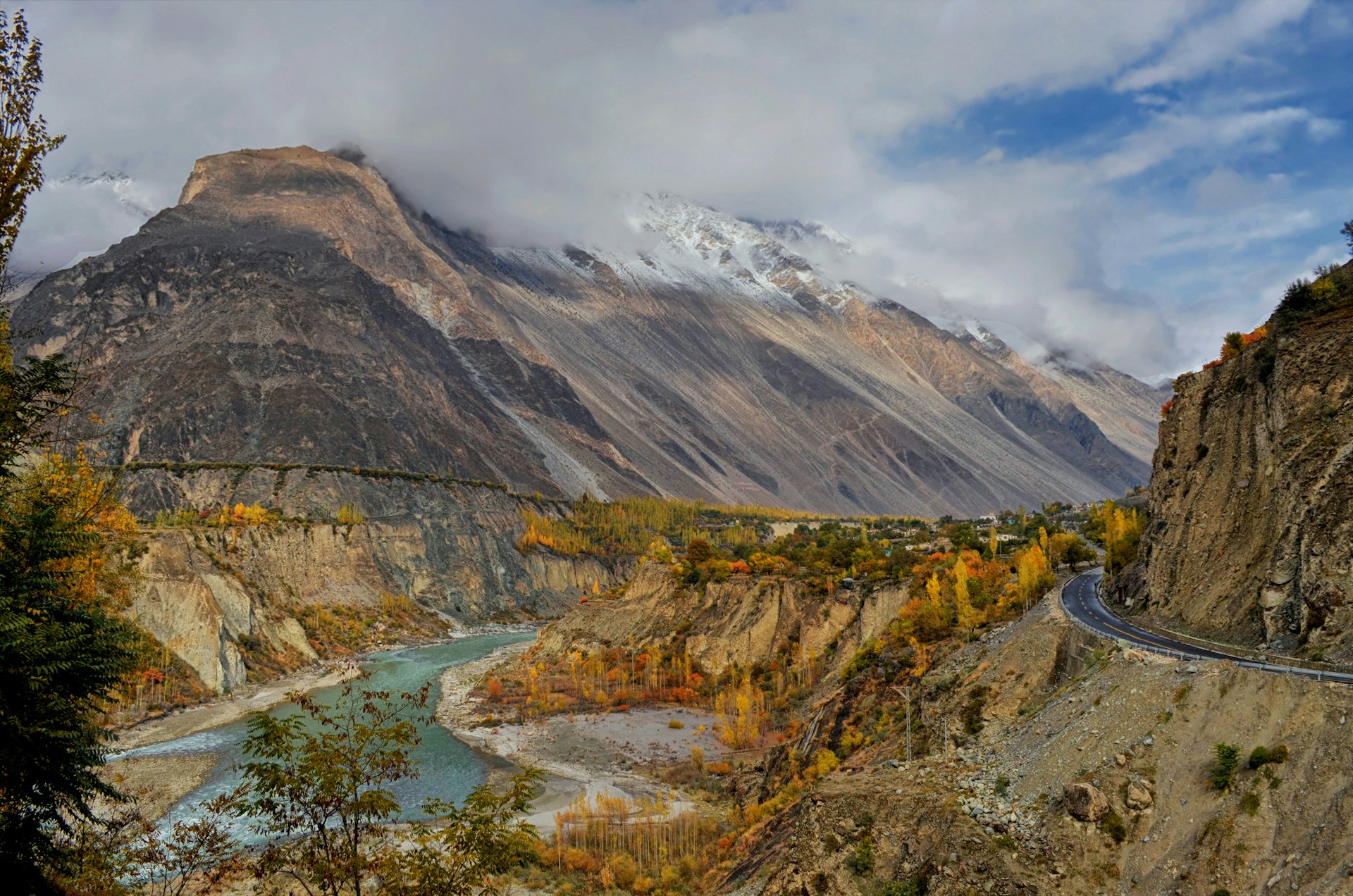
12. Drive the Karakoram Highway from Islamabad to the Khunjerab Pass
Without a doubt, the Karakoram Highway is one of the world’s greatest road trips. Spanning 1300km (808 miles), the road officially starts in Hasan Abdal in southern Pakistan and finishes at Kashgar in China, but it’s the section between Islamabad and the China-Pakistan border which has the most dramatic scenery.
Although a few crazy cyclists and motorbikers tackle the route independently, it’s much more popular to travel by shared or chartered 4WD or local bus. You can admire the peaks of 8126m (26,660ft) Nanga Parbat and 7788m (25,551ft) Rakaposhi along the way.
Planning tip: The Khunjerab Pass is closed to all vehicles from December 30 to April 1 due to icy conditions, so keep this in mind if you’re traveling on to China.
13. Hike to the Fairy Meadows
With mountains dominating the northern part of the country, hiking is definitely one of the best things to do in Pakistan. There’s no road to the scenic Fairy Meadows, but in late spring and early autumn, you can take a 4WD to Tatu village and continue for three to four hours on foot. You won’t find fairies at Fairy Meadows, but the scenery feels magical nevertheless, and as the best accommodation option is camping, you’ve got all night to enjoy some unparalleled star gazing.
Detour: If you’re feeling ambitious, follow up a trip to Fairy Meadows with a trek to Nanga Parbat Base Camp.
14. Pay your respects to Jinnah at the Quaid-i-Azam in Karachi
Muhammad Ali Jinnah is considered to be the father of Pakistan and was the country’s first governor-general. His white marble tomb in Karachi was designed in the 1960s in a modernist style, but architect Yahya Merchant also took inspiration from the 10th-century Ismail Samani Mausoleum in Bukhara in Uzbekistan. The Quaid-i-Azam is set within a 53-hectare park and is floodlit at night, making for spectacular evening photos.


